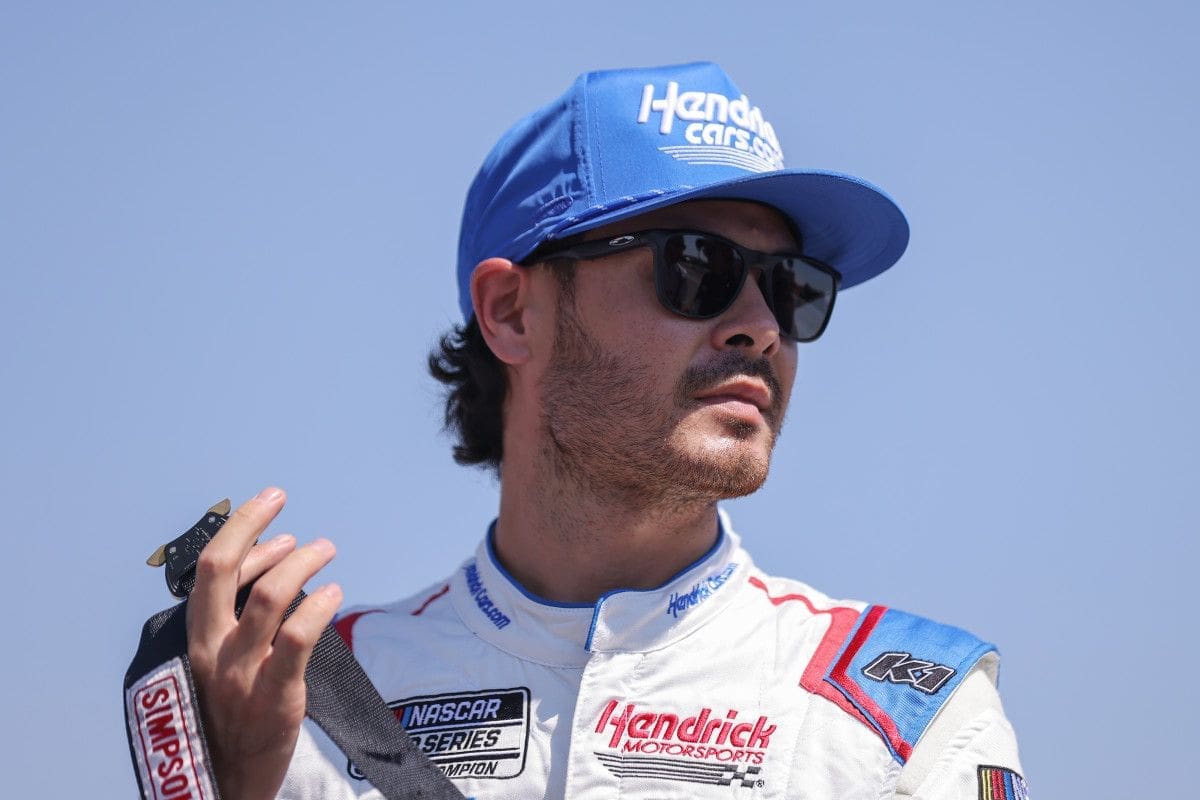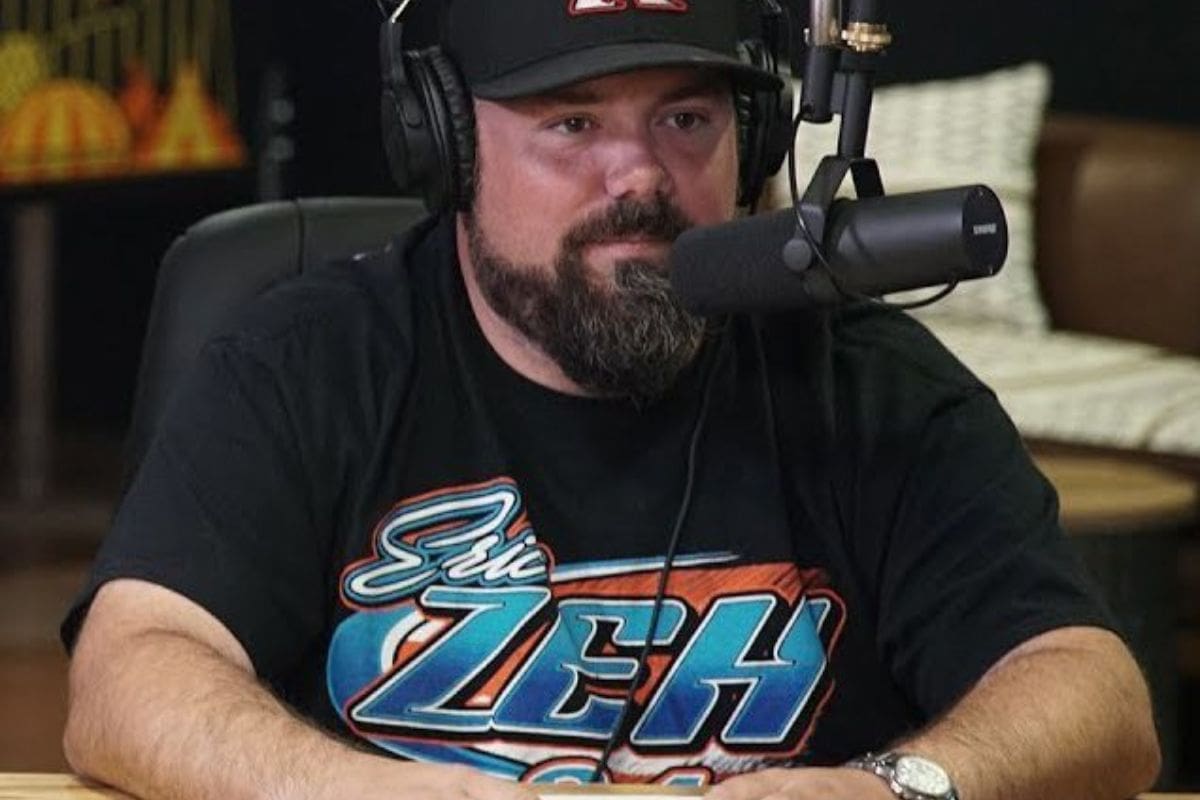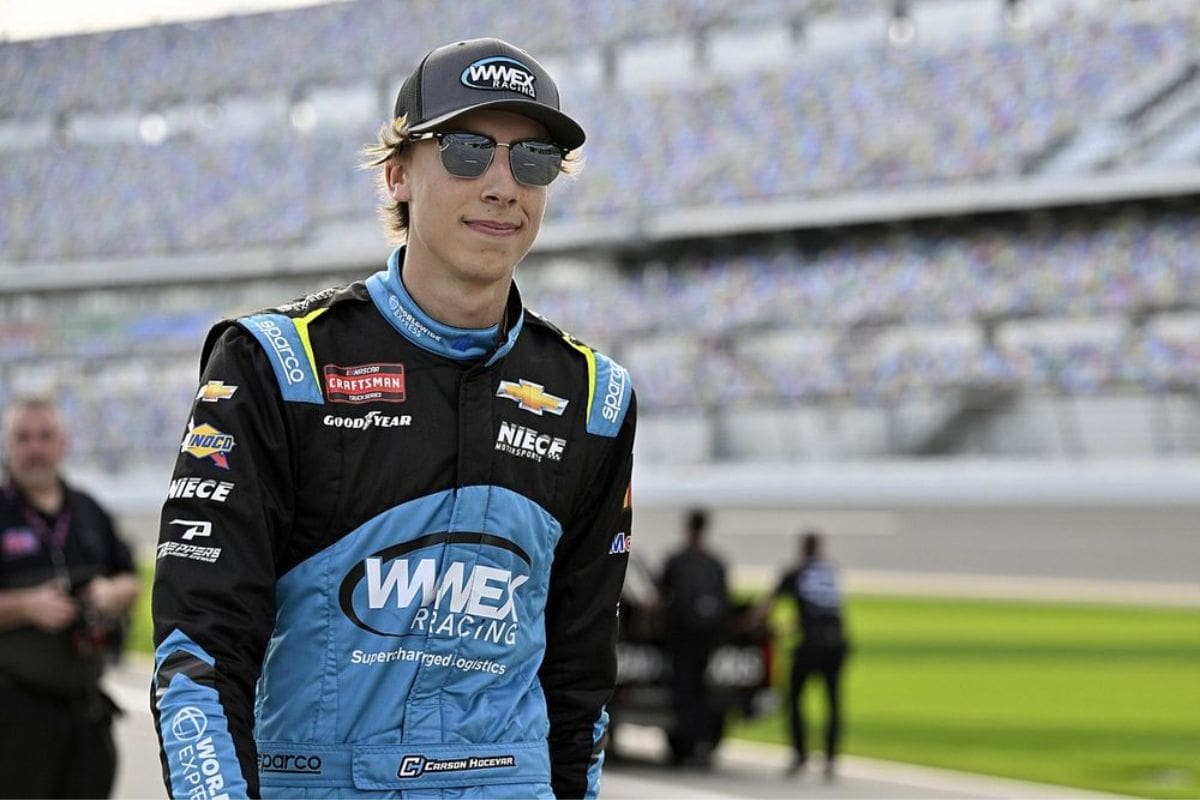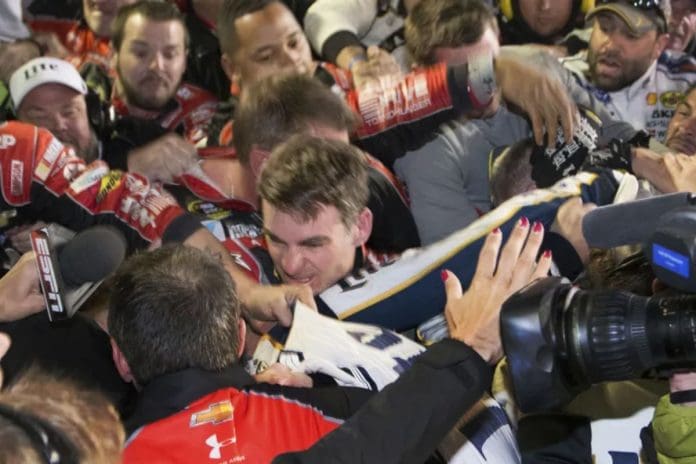Social Media Transforms NASCAR’s Trash-Talking: The advent of social media has markedly altered the dynamics of NASCAR, particularly in the domain of trash-talking among drivers, as highlighted by Freddie Kraft. Traditionally confined to the race track’s physical boundaries, the sparring has now found a vibrant new arena on platforms like Twitter, where words can be as scrutinized as the races themselves. This evolution from personal confrontations to digital exchanges offers a unique insight into how modern communication tools are reshaping not only the interactions among competitors but also the very fabric of fan engagement and public perception in sports.
Key Takeaways
- Social media platforms, especially Twitter, have shifted NASCAR trash-talking from trackside to online, increasing its visibility.
- Digital interactions allow drivers to instantly broadcast and escalate disputes, reaching global audiences.
- Online exchanges can intensify rivalries by transforming personal grievances into public spectacles.
- The anonymity and distance provided by social media may encourage more bold and confrontational remarks among drivers.
- Social media enables drivers to manage their public persona and strategically engage fans in ongoing rivalries.
Changing Dynamics of NASCAR: Social Media’s Impact on Driver Behavior
In the era of digital connectivity, social media has greatly altered the landscape of NASCAR, reshaping how drivers engage and communicate both on and off the track. Previously, confrontations and expressions of discontent among drivers typically occurred in person and during or immediately following the race, as exemplified by notable incidents like Clint Bowyer’s heated rush towards Jeff Gordon at Phoenix. These moments of raw, unmediated interaction were spontaneous and natural, providing fans with an unfiltered view into the emotional intensities of racing.
However, the advent of social media platforms has introduced a new paradigm in how these emotions are expressed and conflicts are managed. Drivers now have the tools to broadcast their feelings instantaneously to a global audience, altering the immediacy and perhaps the authenticity of their reactions.
Today, the strategic use of social media by drivers can serve multiple functions. It can be a tool for personal brand building, a medium for sponsor engagement, and increasingly, a platform for managing rivalries and disputes in a more controlled and curated manner. This digital arena allows drivers to craft their public persona and manage the narrative around disputes with more precision than the unpredictable and often volatile in-person confrontations of the past.

Twitter’s Role in Off-Track Drama: A New Era of NASCAR Rivalries
Reflecting on the evolution of communication in NASCAR, Twitter has emerged as a significant platform for off-track drama, reshaping the dynamics of driver rivalries. This shift is exemplified by the interactions of Carson Hocevar and Freddie Kraft, particularly highlighted during their appearance on the DJD Reloaded podcast show “Loud Mouths”. Their engagement on social media platforms, most prominently Twitter, has not only amplified their presence but also influenced the nature of confrontations within the sport.
Twitter, with its real-time communication capabilities, allows drivers to instantly share thoughts, retaliate, or provoke opponents, casting a spotlight on conflicts that previously might have simmered unnoticed behind the scenes. This immediacy and public visibility transform personal grievances into spectator events, engaging fans and media equally in the ongoing narratives.
Moreover, the ease of tweeting enables drivers to bypass traditional media filters, offering them unmediated control over their messages and public personas. This direct line to the audience not only accelerates the pace at which rivalries develop but also deepens the engagement of fans who follow these exchanges like episodic storytelling.
Social Media: A Boon and a Curse for NASCAR Drivers
While social media platforms like Twitter offer NASCAR drivers unprecedented opportunities to engage with fans and escalate rivalries, they also expose them to public scrutiny and rapid conflict escalation. This digital terrain has reshaped how drivers communicate and manage their public personas, intertwining their professional and personal lives in ways not previously possible. The immediacy of platforms like Twitter allows drivers to share successes and grievances in real-time, creating a dynamic and interactive fan experience.
The ease with which comments can be posted on social media often sidesteps traditional media filters, placing the burden of discretion directly on the drivers. This can lead to impulsive reactions that are instantly broadcasted to a global audience, potentially damaging reputations and relationships. Additionally, the permanent nature of digital footprints means that once a comment is made, it is challenging to retract and can continue to influence perceptions long after the incident has passed.

The Evolution of NASCAR Trash-Talking: From Pit Road to Twitter
The transformation of NASCAR trash-talking from pit road confrontations to Twitter exchanges highlights a significant shift in how drivers engage with each other and the public. Historically, the fiery, face-to-face altercations on pit road provided a raw, unfiltered outlet for drivers to express frustrations and rivalries immediately post-race.
Today, the landscape of NASCAR trash-talking has evolved, with social media, particularly Twitter, becoming a predominant arena. According to veteran analyst Freddie Kraft, this evolution introduces a ‘new weapon’ for drivers, allowing them to extend their trash-talking beyond the track to a digital audience, anytime and anywhere. This shift, while offering a broader platform, also demands greater caution.
“I think it’s more now. We have an added weapon. Not only do you have the microphone in your face after the race but then you can get on Twitter talk trash. Back in the day Donnie Allison I didn’t think he was on Facebook, he didn’t have that social media outlet to vent with… So I think nowadays you got to be a little more careful with it and some guys fall into the trap of not being so careful.” – Kraft
Carson Hocevar’s reflections highlight this change, noting that drivers might avoid direct confrontations on pit road only to later engage in heated exchanges online. This detachment provided by digital platforms can create an illusion of invincibility and distance from the confrontation, potentially escalating conflicts without immediate repercussions.
“If two guys are mad at each other, they’ll be at the pit road, not even look at each other. And the second they go to their home, they’re trading blows. I’m probably guilty of it. It’s different on the pit road because all the cameras are there, front stretch, all the cameras, iPhones everything. Where in Twitter, you tweet about it and just shut your phone off and feel like you’re a strong guy.” – Hocevar
Using Social Media to Influence NASCAR: Carson Hocevar’s All-Star Campaign
Carson Hocevar adeptly utilized his social media skills to kickstart a compelling campaign for a sought-after spot in the NASCAR All-Star event at North Wilkesboro. Recognizing the power of digital platforms, Hocevar crafted a strategy that not only highlighted his eligibility but also engaged his fanbase in a meaningful way. His approach highlights the evolving landscape of motorsports where social media is not just a tool for engagement but also a critical component in influencing career milestones.
“So, I’m sure you’re already aware that fan votes for the All-Star race are finally open. But I’ve done a lot of research on campaigns and a lot of them have a bastion for support, so I got a few for my own. Just, if you’re not convinced of me already, listen to this.” – Hocevar
The criteria for entry into the NASCAR All-Star event are quite specific, necessitating a win in a points race in either 2023 or 2024, a previous All-Star event victory, or a Cup championship, with the requirement of maintaining a full-time schedule. However, for drivers like Hocevar who may not meet these criteria directly, there are additional slots available—three to be precise—for those in their rookie season or others who have not qualified through traditional means.
i approve this message pic.twitter.com/LBS69LZaV7
— Carson Hocevar (@CarsonHocevar) April 30, 2024

News in Brief: Social Media Transforms NASCAR’s Trash-Talking
The transformation of NASCAR trash-talking through social media, as highlighted by Kraft, exemplifies a significant shift in communication dynamics within the sport. This evolution from pit road confrontations to digital exchanges on platforms like Twitter not only magnifies the visibility of rivalries but also reshapes fan engagement and driver behavior. Consequently, while social media boosts the entertainment value of NASCAR, it also requires a new level of strategic communication skills from drivers, impacting the sport’s cultural landscape.
ALSO READ: Kyle Busch’s Social Media Rant After Talladega Heartbreak


